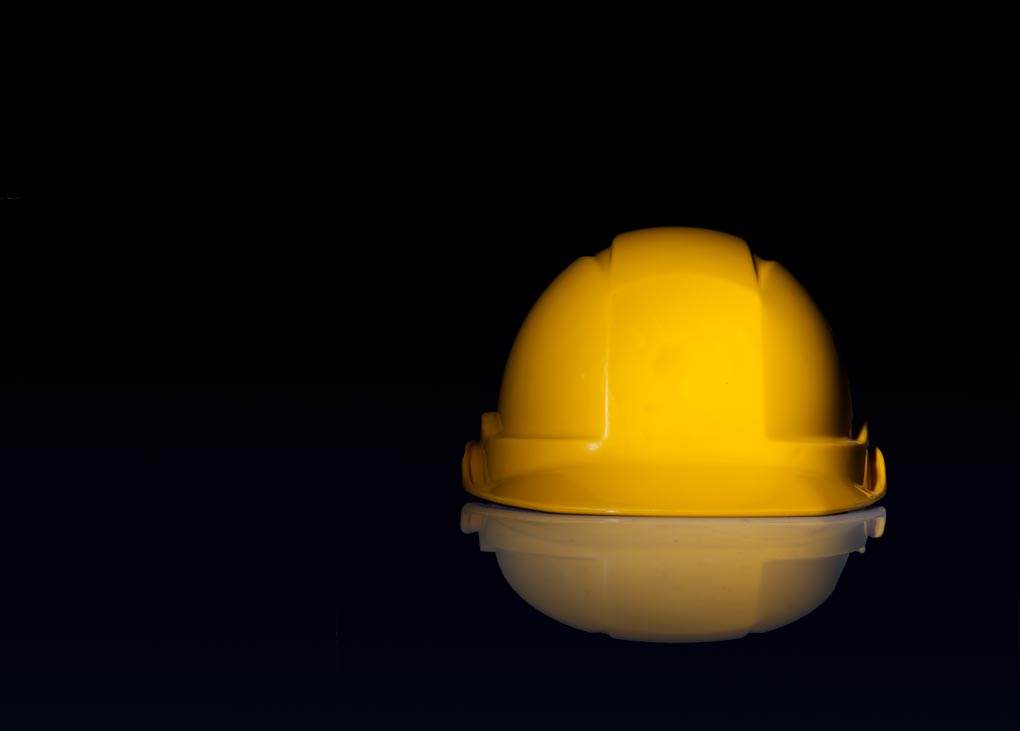Although the concept of occupational health and safety (OH&S) is enshrined in our laws and even our culture, how much of the focus is on immediate safety issues, rather than health and wellbeing?
This question is at the heart of a new book by Helen Lingard and Michelle Turner, both professors at The Centre for Construction Work Health and Safety Research at RMIT. Work, Health and Wellbeing in the Construction Industry is based on more than two decades of work examining various aspects of workers’ health and wellbeing. It addresses a key topic in construction management: how the design of work environments, construction processes and organisation of work impact upon construction workers’ physical and psychological health.
The authors note that although there has been a great deal of focus and many resources allocated to understanding and preventing injury in the construction industry (the “S” in OH&S), limited attention has been given to workers’ health. And yet, most workplace deaths are related to health rather than safety. A global monitoring study carried out on behalf of the World Health Organization found that non-communicable diseases accounted for a much larger proportion of work-related deaths (80.7 per cent) than injuries (19.3 per cent).
Construction workers are also susceptible to mental health issues. The incidence of psychological distress among construction workers is reported to be twice the level of the general male population. It is also reported that construction workers experience a significantly higher incidence of emotional/psychiatric disorders than other manual/non-managerial workers. And suicide rates among construction workers in Australia, the UK and the US are all reported as high.
Against this backdrop, the authors consolidate knowledge about construction workers’ health, offer guidance and suggestions to organisations on how they can protect and support the health of construction workers, and identify important areas for future research.
One chapter of the book looks specifically at women’s health in construction. It reinforces that having a more diverse workforce is not just a matter of recruiting more women, but also ensuring better conditions.
“Many women who work in construction love the work they do but are often subjected to unsafe work environments,” says Turner, one of the co-authors. “Women who feel safe at work are more likely to stay in construction rather than leave the industry altogether. There are passionate leaders implementing change in construction to support the attraction and retention of women in construction.”
And Turner says there other positive signs.
“There is growing awareness and increasing concern to improve the industry so that the health of workers is not damaged during the course of their work,” she says.
“There is some great work being done across the industry in Australia to improve workers health, and those involved are very committed. In many regards, Australia is leading the way.”
In terms of paths forward, the book recommends a systems solution.
“In the workplace, many factors contribute to poor health and wellbeing,” says Turner. “Often, these harmful work factors are outside the control of the individual. Rather than focus on the individual, it’s important to understand the environment in which work is undertaken so that causes of ill-health are removed or reduced.”
According to the authors, solutions must consider the industry’s complex nature.
“Different groups of workers have different needs, so a one-size-fits-all approach to supporting a healthy workforce is likely to have limited success in the construction industry,” Turner says. “The construction industry has a complex supply chain involving clients, contractors and subcontractors, and they all contribute to the creation of a healthy workplace.”
Photo by Ricardo Gomez Angel on Unsplash
 Mark Vender
Mark Vender


Leave a Reply